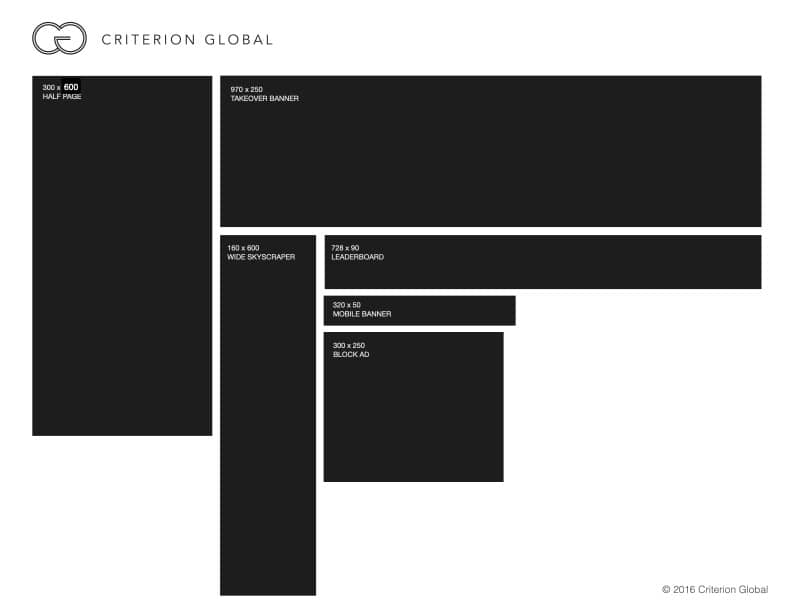Digital advertising has undergone a significant transformation over the past few years, with the proliferation of various digital display ad formats, such as digital displays and DOOH displays. As a result, advertisers and chief marketing officers (CMOs) are constantly looking for ways to improve their digital advertising efforts and maximize the impact of their ad spend. One way to achieve this is through an understanding of the differences between digital display ads, digital displays, and DOOH display ads, and how they can be effectively used in a digital advertising campaign.

Digital Display Ads
Digital display ads refer to any type of online advertising that appears on a website, social media platform, or app in a static or animated image format. These ads can take many forms, including banner ads, pop-ups, and interstitials. They are designed to capture the attention of the audience and encourage them to click through to the advertiser’s website or landing page. The main advantage of digital display ads is that they are cost-effective and can be targeted to specific audiences based on demographics, interests, and behavior.
For example, an e-commerce company might use digital display ads to promote its latest product line to a targeted audience of online shoppers. By selecting the right platform and targeting options, the company can effectively reach its desired audience and drive traffic to its website.
Digital Displays
Digital displays are electronic screens that can be used to display various types of content, including advertising. They are commonly found in public spaces such as airports, train stations, shopping malls, and sports stadiums. Unlike digital display ads, digital displays are not typically interactive and do not require the viewer to click through to a website. Instead, they rely on eye-catching visuals and messaging to grab the attention of the audience and create brand awareness.
For example, a car manufacturer might use a digital display to showcase its latest model in a busy shopping mall. The display would feature high-quality visuals and messaging to capture the attention of shoppers and create awareness for the brand.
DOOH Display Ads
DOOH (Digital Out-of-Home) display ads are a relatively new addition to the digital advertising landscape. These ads use digital displays placed in public spaces to deliver targeted messaging to a captive audience. DOOH display ads are typically more interactive than traditional digital displays, with features such as touchscreens and motion sensors that allow viewers to engage with the content.
For example, a fast-food chain might use a DOOH display ad to promote its latest menu item to commuters waiting for a train at a busy station. The ad could include a touch screen that allows the viewer to customize their order and receive a discount code to use at the nearest location.
Importance for Advertisers and CMOs
Understanding the differences between digital display ads, digital displays, and DOOH display ads is important for advertisers and CMOs because it enables them to make informed decisions about how to allocate their advertising budget and maximize the impact of their campaigns. By selecting the right ad format for their goals and audience, advertisers can ensure that their message reaches the right people at the right time and in the most effective way possible.
Moreover, using the right format in the right context can increase the likelihood of viewers remembering the message and taking action, such as making a purchase or visiting a website. Advertisers and CMOs who stay abreast of the latest digital advertising trends and formats will be better equipped to make strategic decisions and achieve success in their digital advertising efforts.
In conclusion, digital display ads, digital displays, and DOOH display ads are all important tools for advertisers and chief marketing officers looking to reach their target audience in the digital age. By understanding the differences between these types of advertising, businesses can create effective campaigns that deliver real results. With the continued growth of digital advertising, it’s clear that these types of ads will continue to play a crucial role in the marketing landscape for years to come.